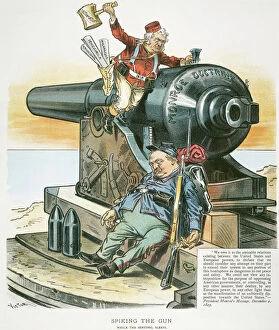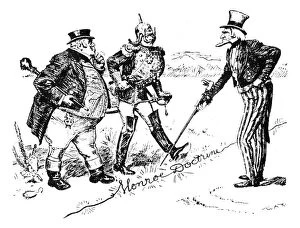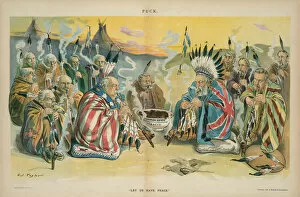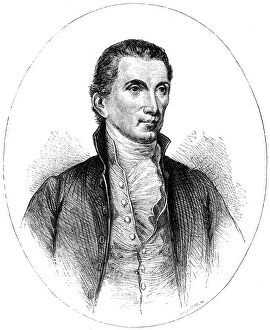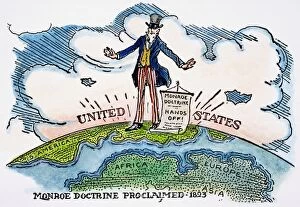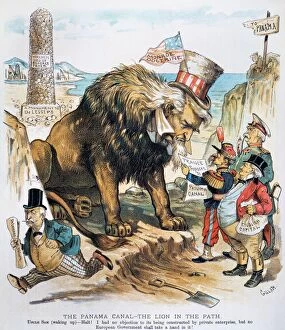Monroe Doctrine Collection
The Monroe Doctrine: Safeguarding American Interests in the Americas Throughout history
For sale as Licensed Images
Choose your image, Select your licence and Download the media
The Monroe Doctrine: Safeguarding American Interests in the Americas Throughout history, nations have often sought to expand their influence and territories beyond their own borders. In the late 19th century, as European powers began encroaching on the Americas, a doctrine emerged that would shape American foreign policy for years to come - the Monroe Doctrine. The origins of this doctrine can be traced back to an 1895 American cartoon by F. Victor Gillam, which depicted the Cleveland administration as inattentive to British encroachment during the Venezuelan Boundary Dispute. This dispute highlighted America's growing concern over European colonial expansion in its neighboring regions. In another powerful image captured by Louis Dalrymple in 1905, Uncle Sam is seen straddling both North and South America while wielding a big stick labeled "Monroe Doctrine. " This visual representation perfectly encapsulates America's determination to protect its interests and prevent further European interference in the Western Hemisphere. To understand why this doctrine was so significant, we must delve into its historical context. The Monroe Doctrine takes its name from James Monroe, who served as President of the United States from 1817-1825. During his presidency, he articulated a bold policy that declared any future colonization efforts or attempts by European powers to interfere with newly independent Latin American countries as acts of aggression against the United States itself. James Monroe's portrait painted around 1820-22 showcases his statesmanship and leadership qualities that laid the foundation for this influential doctrine. His engraving captures his dedication towards safeguarding American sovereignty and promoting peace across nations. A lithograph titled "The Monroe Sphinx" depicts how this doctrine became synonymous with US foreign policy opposing European colonial expansion in the Americas. It symbolizes America's commitment to maintaining control over its hemisphere while warning other nations not to meddle within it. John Quincy Adams played a crucial role in shaping and implementing this doctrine during his presidency (1825-1829). An official portrait painted by George P.

